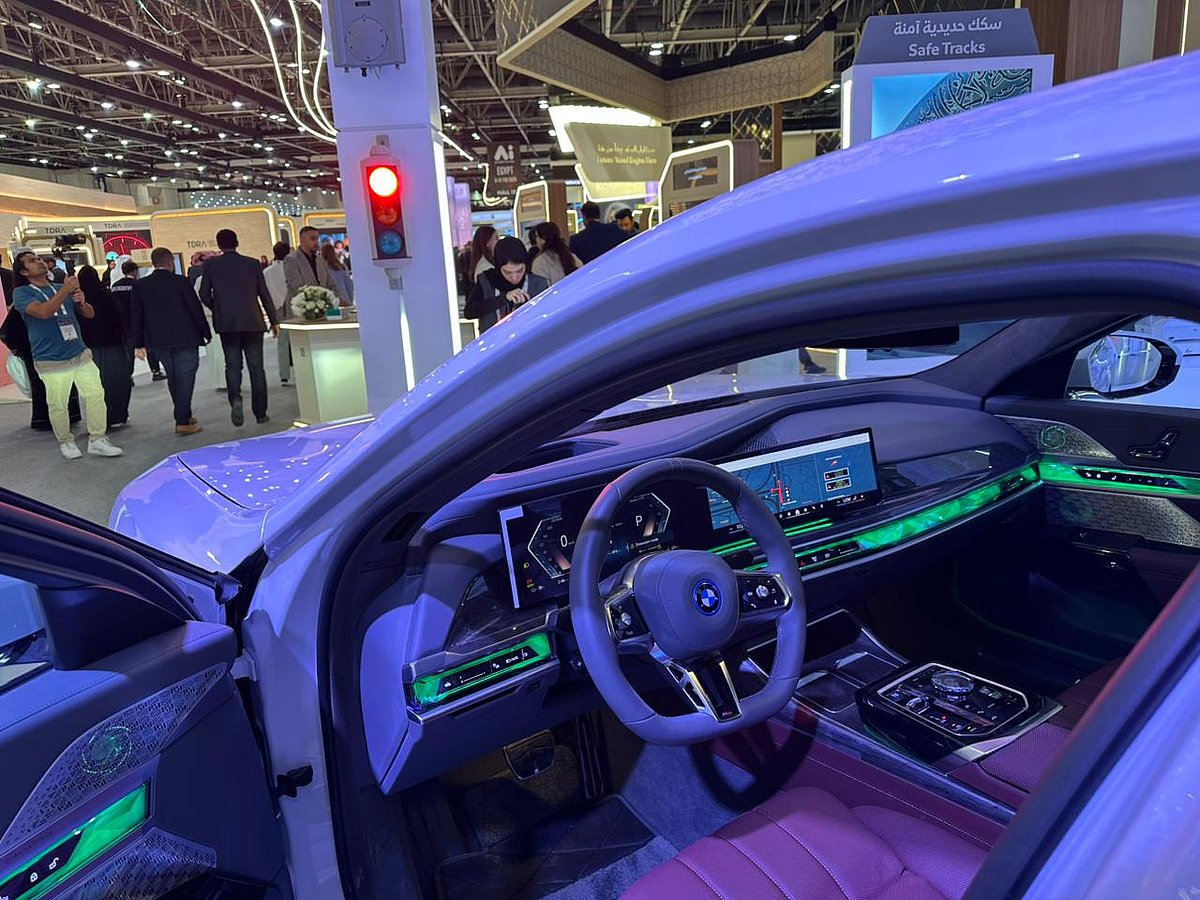Dubai: Soon, Dubai drivers could see traffic updates directly on their car dashboards instead of checking their phones. The Roads and Transport Authority (RTA) is developing a next-generation traffic control system that will connect traffic lights with vehicles in real time, using artificial intelligence and data analytics to manage traffic flow across the city.
The innovation, called UX Fusion, uses computer vision to analyse footage from roadside cameras, identify vehicle types and count pedestrians. The data is fed into a central algorithm that manages movement across the road network, not just at individual intersections.
“It analyses the traffic through the cameras, detects the type of the vehicles, detects the counts of volumes, pedestrians and everything, and goes into the central system with a defined algorithm,” said Eng. Salah Al Marzooqi, Director of the Intelligent Traffic Systems Department at RTA. “It manages the traffic flow on the network of Dubai.”
Unlike traditional systems that control single intersections in isolation, UX Fusion coordinates entire corridors to move platoons of vehicles smoothly across multiple traffic lights. The project is still at the proof-of-concept stage, but its next phase could see the system communicating directly with cars.
“We are working now with car manufacturers to put this information not within RTA systems only, but move it or send it, transmit it to the cars itself,” Al Marzooqi said. “We’re presenting how the traffic signal will talk to the car by defining, if you see there, the dashboard, by showing the green time remaining, by showing the delay on the red time.”
Drivers will be able to see countdowns for green and red lights, recommended speeds for crossing intersections safely, and even road alerts such as accidents or traffic congestion ahead. The goal, Al Marzooqi said, is to keep motorists focused on the road instead of their phones. “A lot of people today use the mobile or maps to see the situation. Our aim is that they should not be busy with the mobile. They have to just focus on the road.”
Deployment will take time. The RTA is currently coordinating with several international car manufacturers to establish the necessary infrastructure. “We expected that will be, after two to three years of period where we finish the coordination with the manufacturer and establish the infrastructure. So by the next three years, we can see this technology on roads,” he said.
Dubai’s traffic management network is already among the most advanced in the region. The city’s existing AI-powered systems have improved intersection efficiency by up to 37% and reduced travel times by 10 to 20%, according to RTA data. The new UX Fusion platform builds on those gains by integrating live analytics and vehicle connectivity.
Globally, the RTA’s initiative aligns with similar smart mobility programmes in cities such as Singapore, Seoul and Helsinki, where “vehicle-to-infrastructure” (V2X) systems allow real-time communication between cars and traffic signals.
Sign up for the Daily Briefing
Get the latest news and updates straight to your inbox
Network Links
GN StoreDownload our app
© Al Nisr Publishing LLC 2025. All rights reserved.

